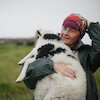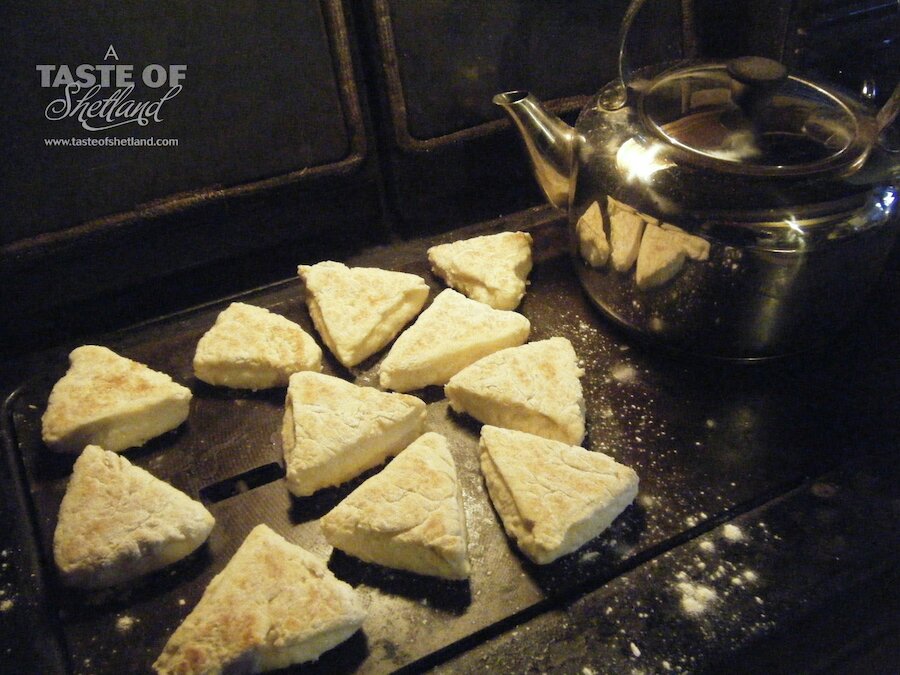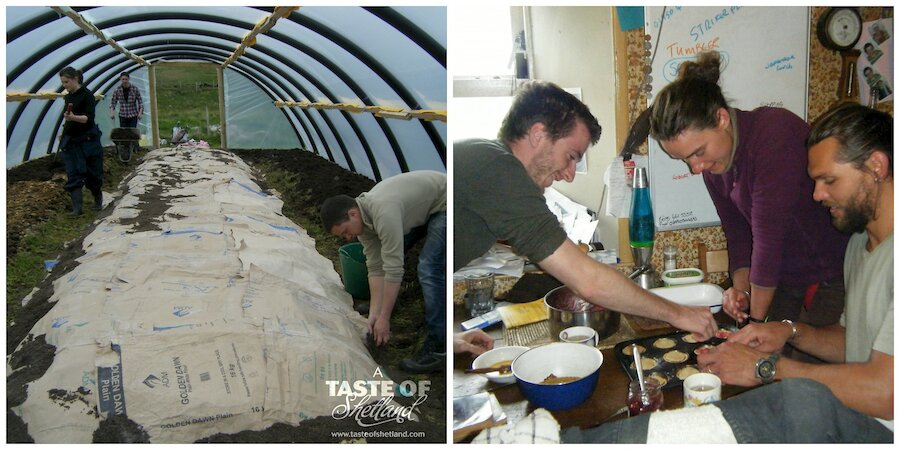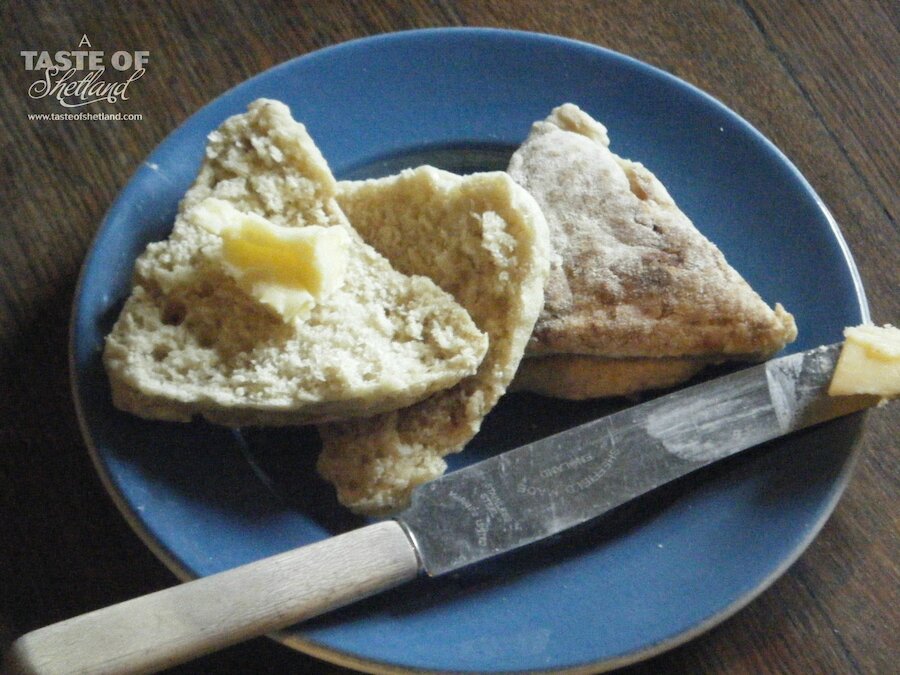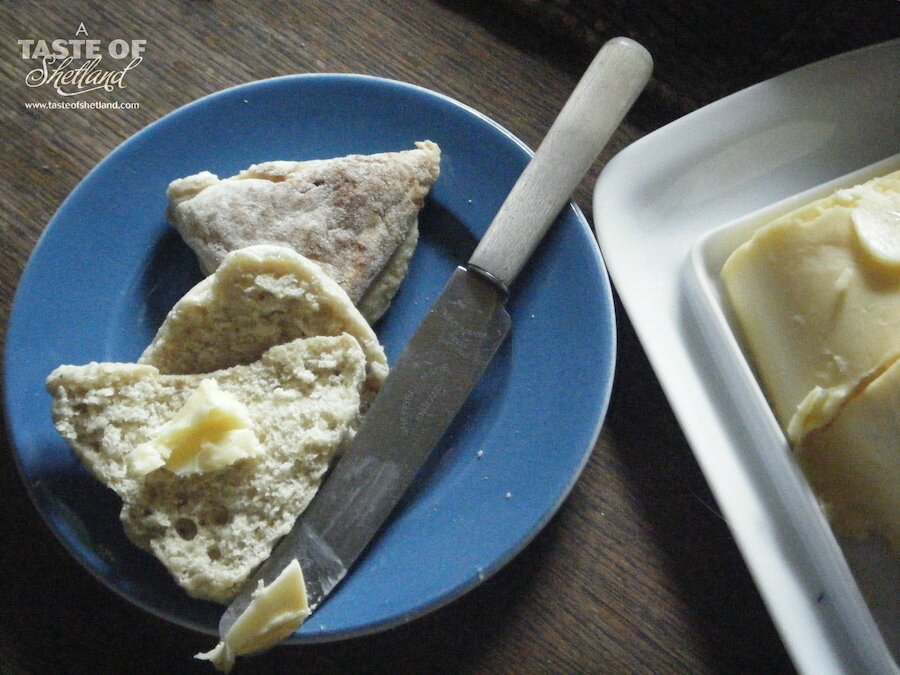Between the second week of April and the end of October this year we will have hosted 26 WWOOFers (Willing Workers On Organic farms). Folk who come and work for us in return for board and lodgings. We also have a 16 strong team of local volunteers who come and work with us at various times. Some join in the volunteer days, a Saturday morning once or twice a month, others come along for the day each week to help us get those endless tasks completed. Last year voluntary time amounted to over 6000 hours, this year it will be much more.
We certainly couldn't achieve what we do without all those extra hands. The size of the plot we work and the quantity of vegetables we aim to produce couldn't be cared for by the two of us alone. This year I have been tied up with the Carbon Classroom, our Climate Challenge Funded project. We've been organising and running grow your own courses and raising awareness of the carbon emissions related to all things food. Most of my time has been spent in front of the computer or running courses and not out in the field.
To compensate I booked in plenty of WWOOfers and at one point in early July we had eleven folk trying to squeeze around the dining table in our 12ft X 12ft kitchen. People were sleeping in the two caravans, the sitting room and even, at one point, the back of our van. To be fair, the van was used as a stop-gap because the young folk left it too late at night to set up their tent. The van suited them fine.
